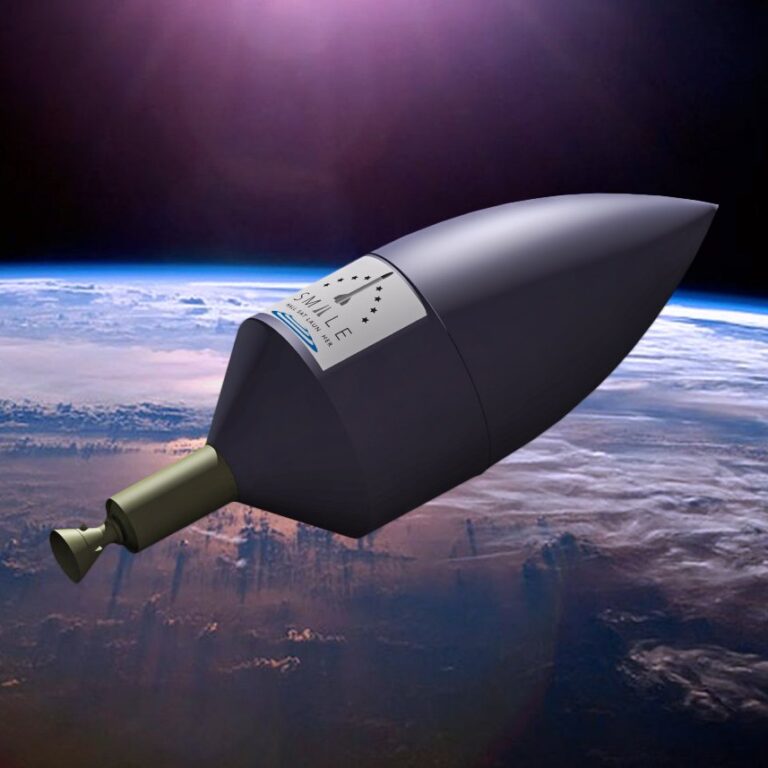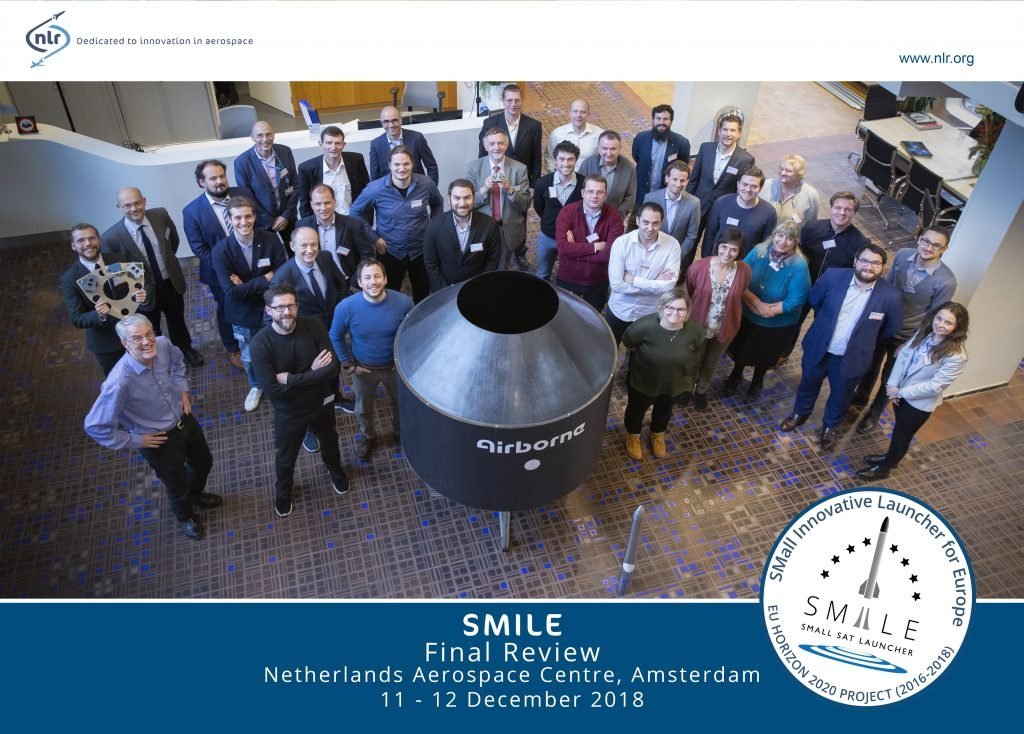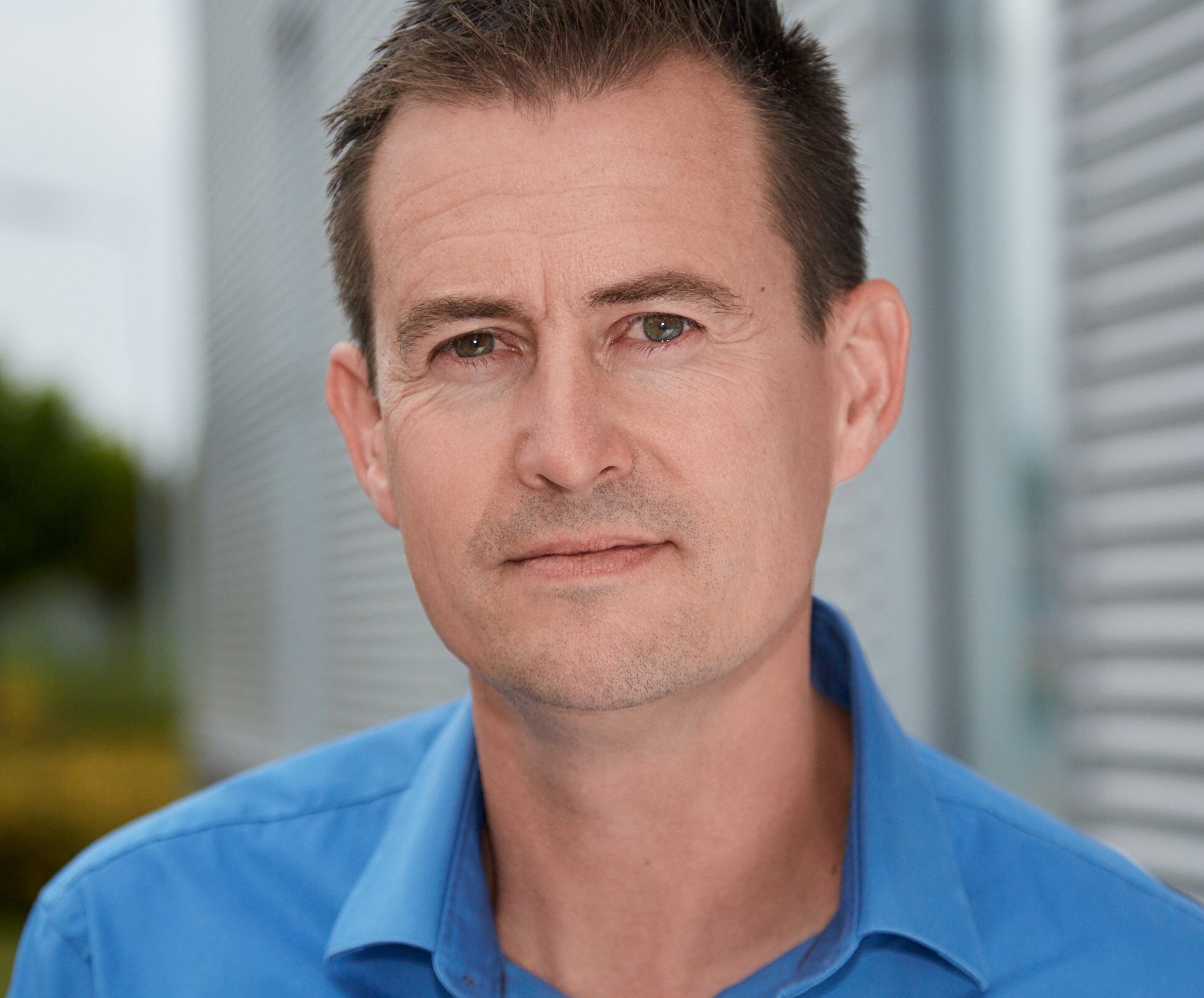SMall Innovative Launcher for Europe (SMILE)
Automated micro-launcher development
Project Name: SMall Innovative Launcher for Europe (SMILE)
Client: Horizon 2020 project for the European Commission
Partners: Netherlands Aerospace Center (NLR), Nammo, German Aerospace Center (DLR), Terma, Andøva Space Centre (ACS), National Center for Aerospace research (INCAS), Heron Engineering, Innovative Solutions in Space (ISIS), 3D Systems, PLD Space, Tecnalia, BoesAdvies, WEPA-Technologies.
Duration:2016-2018
Project Description
The SMall Innovative Launcher for Europe (SMILE) initiative is a European Union Horizon 2020 project aimed at designing a small launcher for satellites up to 50 kg. SMILE is Europe’s ambition to gain independent access to space for small satellites, targeting a European, ITAR-free, cost effective, commercially exploitable launch service. A number of partners are involved in SMILE. The ultimate goal is to develop a Europe-based ground facility for small launchers based on the evolution of the existing sounding rocket launch site at Andøya Space Center in Norway. Airborne’s contribution to the project was to develop a structural concept for a small launcher together with new and innovative automated manufacturing technology.
Customer requirements
The requirement was to design a light weight structural demonstrator for a small satellite launcher, to be produced by robots, with the aim to manufacture these structures as a cost-effective solution. Prototypes of the components were developed (including materials, structures, engines, and avionics) to demonstrate and increase the Technology Readiness Level (TRL) of critical technologies. Furthermore, a roadmap was created defining the development plan for the small satellites launcher system from a technical, operational and economical perspective.
Working process
The structure of the launcher is made from lightweight composite materials in order to keep the payload capacity for the upper stage of SMILE as high as possible. By automating the production as much as possible, manufacturing costs are reduced and production rates increased. Ultimately making weekly launched viable. For the manufacturing smart automation was applied: low CAPEX, flexible, scalable and transferable robotic solutions. To validate the new and innovative automation technology, a demonstrator based on the third stage of a small launcher was manufactured.
Result
In December 2018 Airborne completed its contribution to SMILE, which came to an end at the same time. The project gave us insights in the most efficient production of small satellite components and how to develop an entire automated factory on-site. Our automation technology has enabled us to optimise production processes and offer more cost-effective solutions, even when producing smaller series (100-1000 parts). Manufacturing the demonstrator allowed us to implement and prove our new technology.
Thanks to the SMILE project we are able to significantly shorten the development time or such projects. In follow-up of SMILE, Airborne continues the development of affordable micro-launches.


